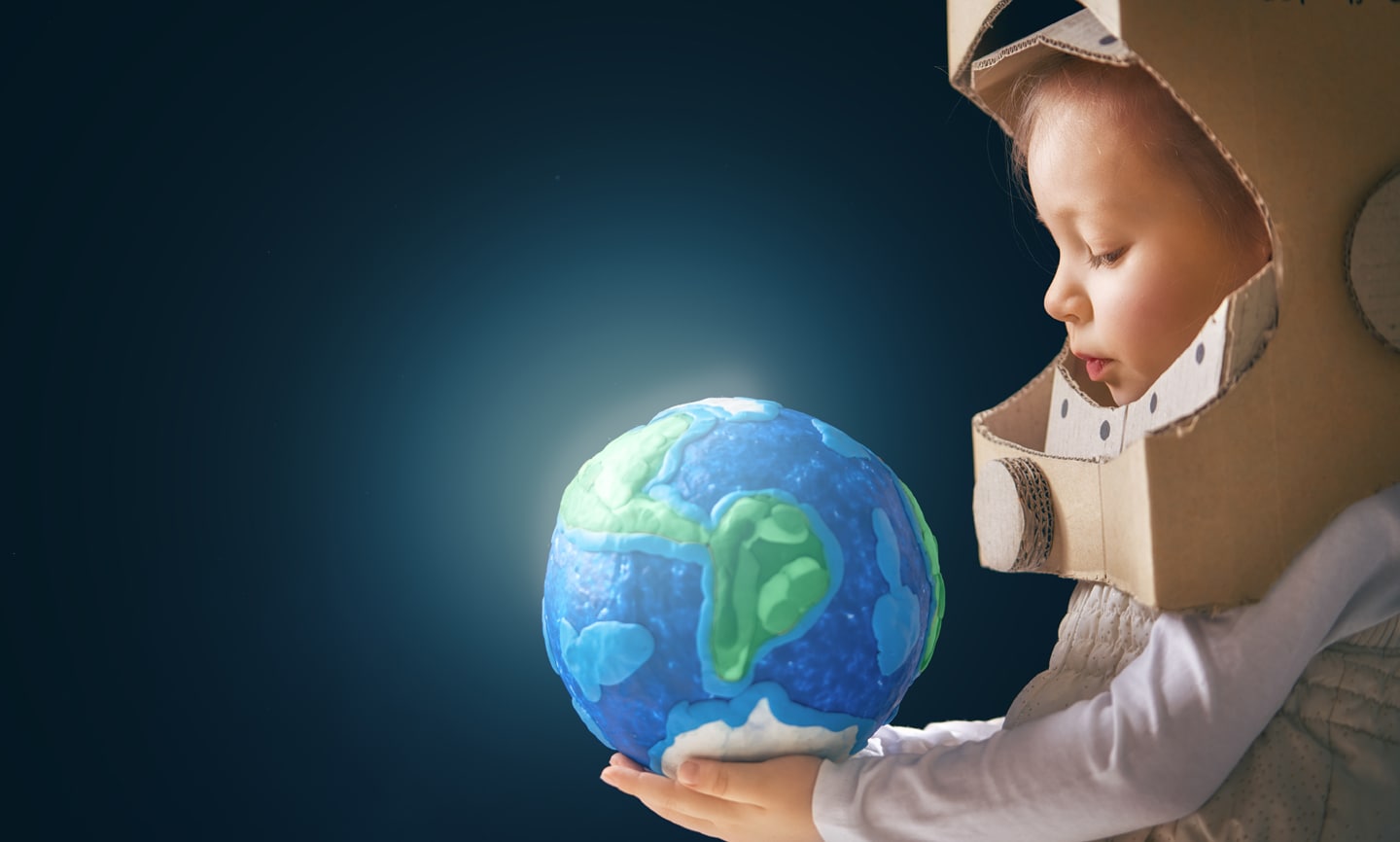If we approached rivers, mountains, dragonflies, redwoods, and reptiles as if all are alive, intelligent, suffused with soul, imagination, and purpose, what might the world become? Who would we become if we participated intentionally with such an animate Earth? Would the world quicken with life if we taught our children – and ourselves! – to sing and celebrate the stories embedded in the body of Earth, in the granite bones of mountains and rainy sky tears, in trembling volcanic bellies and green scented hills? What if we apprehended that by nourishing the land and creatures with generous oraise and gratitude, with our remembrance or tears, we rejuvenate our own relationship with the wild Earth, and possibly revitalize the anima mundi – or soul of the world?
Toward an Animate World
A sense of the world’s numinous, animating dimension, its psyche or soul – its anima mundi – began to recebe from the minds of people centuries ago. The modern scientific and industrial enterprise is based upon the severence of psyche from matter – how else would we bear vivisection, mountaintop removal, rivers poisoned with effluents? Most never questioned the common view that the world is made up of dead or insentient matter, even though our own senses and experiences might sometimes sugest otherwise. For contemporary people, expressing the possibility (or certainty) that there is sentience, psyche, or soul present in everything can be socially risky though not life-threatening, but when radical cosmologist Giordano Bruno affirmed the animate nature of all matter in the sixteenth century, he was burned at the stake for beliefs that challenged the divinely ordained authority of the Medieval Church. With Bruno’s execution, and with the loss of so many other human and other-than-human beings, the anima mundi – uncelebrated, dishonored – slipped further into the shadows.
We generally regard our bodies as ours, distinct from what is outside our skin, yet our bodies depend on air, water, sunlight – and food, which in turn in a primeval supernova billions of years ago. Who can be sure where our bodies begin or end?
For most contemporary adults, intentionally participating with the other-than-human world requires vivid imagination. But an enchanted world is the natural home of human children. Until the spell is broken, the world sparkles and brims with companions and playmates, fairies and elves. Everything is alive and significant. Stones, clouds, and butterflies are capable of conversation. For most adults, the spell was broken long ago, and an enchanted worldview of anyone past age six or so is easily dismissed as naïveté, animism, magical thinking, or regarded with suspicion – perhaps mental illness or crackpor mysticism. Yet who does not long, perhaps secretly or with despair, to live in a sentient, meaningful cosmos?
It is one matter to imagine that grass, mountains, Moon, willows, warblers, and weasels are worthy of – and receptive to – our praise and respectful attitudes; it’s experience that creatures and the body of Earth irself are aware of and in some way responsive to us. If, as you grew in awareness of the world, you were taight – as children have been taught in many traditional cultures – that the other-than-human world is in conversation with you, asking from you a devoted attention, your experience of the world, your participation, would reflect that foundational understanding.
Approaching the Mystery
In mainstream religious traditions, a creator may be ostensibly worshipped while the creation itself is dishonored; our political system and economy are rife with people who claim, for example, allegiance with a religion, yet do not flinch at reserved for a disembodied god, or for an afterlife, while the physical universe – the creation itself – is largely regarded as inanimated, dead, a warehouse of senseless objects for exploitation and consumption.
Yet some contemporary people, even now, find the presence of the great mystery in the physical universe itself – in the green genius of photosynthesizers, in the owl carrying a shrew into the sky, in the cosmological epic inscribed in the dark heavens, in the Moon’s love dance with tides, in the baffling layers of geological history.
Paying attention, kneeling in the grass – these are acts of reciprocity, and who knows but that Earth responds to this loving attention?
A practice of attending an animate world may have a cumulative effect of rearranging our own consciousness. An experience of sitting in contemplation with prairie grass, for example, may resurge into aliveness later, when we realiza we are mindlessly grabbing weedkiller out of the garage in our ordinarty campaign on undersirable tenants. A felt-sense of praising the wild stream become present for us again, later, when we are poised to flush questionable cleaning products down the drain, or when we are heedlessly running water through the tap, our only concern whether it’s purified to our own standards.
If the world seems vacant of mystery, without intelligence or feeling, lacking in purpose, absent of psyche, mught it be because we step into the world with heavyfeet and dulled senses, our imaginations hijacked by corporate advertising, inane “entertainment,” mindless screen addictions and media-manufactured fear? maybe some is to provide objects for consumption, but I cannot say that I am acquainted with anyone who truly flourishes in such circumstance.
Revitalizing the soul of the world depends on a conscious, engaged relationship between human beings and earth. if our discernment os anime mundi is dim – as it is for most contemporary people – purposeful acts of radical imagination can stir and awaken our perceptions. James Hillman writes that our “imaginative recognition, the childlike act of imagining the world, animates the world and retirns it to soul.”
Perhaps the world deeply longs for the consciously imaging human to participate in birthing a new era in the human-Earth relationship. A practice of approaching the world as if everything is alive – saturated with psyche, purpose, and intelligence -re-enlivens us; in companionship with our increasing human aliveness, the world shimmers with both possibility and pain, no longer insentient, no longer without its own longings, its psychic depths, its soul.
By Geneen Marie Haugen (adapted)


